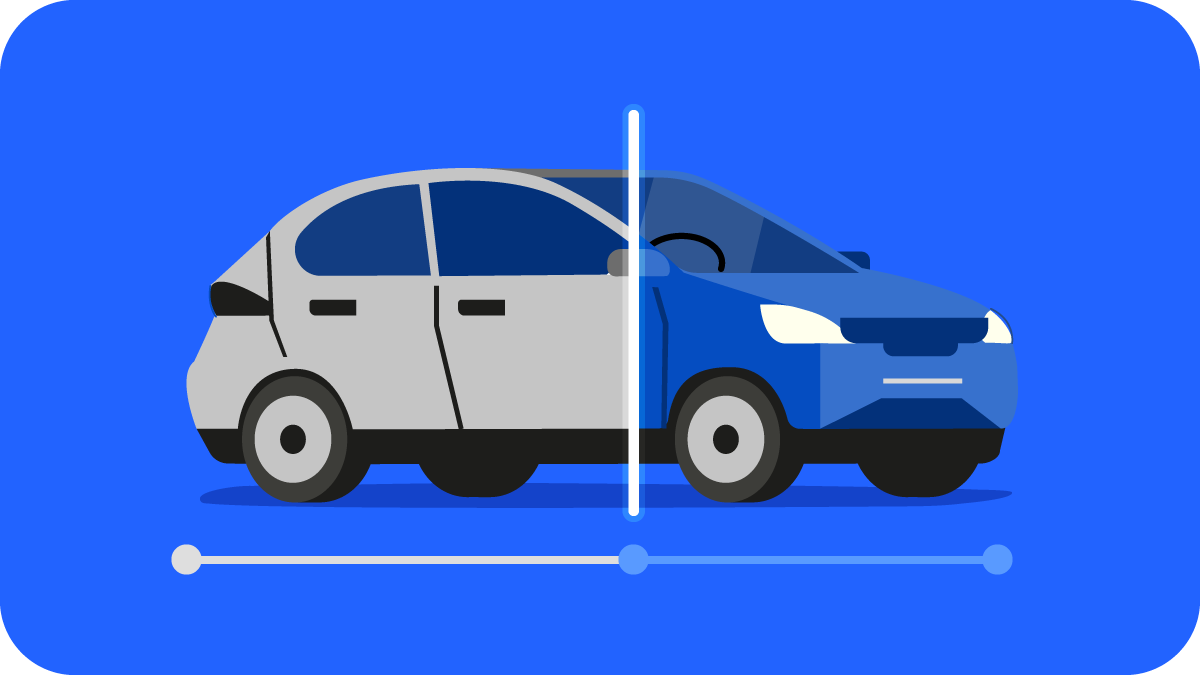In the realm of auto insurance, the coverage provided may fall short in certain scenarios. This is where gap insurance steps in as a valuable addition, acting as a financial safety net for car owners. In essence, gap insurance bridges the financial disparity between a car's market value and the outstanding loan amount in the event of a total loss, ensuring owners don't face financial setbacks even after a catastrophic incident.
Exploring the Depths of Gap Insurance
Gap insurance, an optional supplement to standard auto insurance, becomes particularly relevant when a car is deemed a total loss—whether through theft, irreparable damage, or significant depreciation in value. While comprehensive insurance covers the market value, gap insurance goes further, settling the difference between the market value and the amount owed. This proves crucial, especially for those financing their vehicle through loans.
Understanding the Coverage
Gap insurance, much like other car insurance types, comes with specific criteria for coverage. It applies in situations such as collisions, theft with unrecoverable outcomes, damage during civil unrest or natural disasters like storms. However, it's important to note that certain circumstances, like financial constraints preventing loan repayment, aftermarket modifications, or commercial use of the vehicle, may not be covered. It's advisable to review the terms of the insurance plan for variations between providers.
Eligibility Criteria for Gap Insurance in the UAE
Insurance companies in the UAE have varying eligibility criteria for gap insurance, encompassing factors such as the vehicle lease being under the applicant's name, Emirati citizenship or a valid visa, possession of a comprehensive car insurance policy, and adherence to the maximum age criteria set by the insurer.
Timing Matters in Gap Insurance
While there isn't a fixed timeframe for purchasing gap insurance, the age of the car plays a pivotal role. Generally, the older the vehicle, the higher the risk of a total loss even from minor accidents. Optimal timing for acquiring gap insurance is within the first 2 to 3 years of purchasing a car, applicable to both new and used vehicles.
Key Considerations When Purchasing Auto Gap Insurance
-
Claim Conditions: Gap insurance claims are valid only in cases of complete total loss or irreparable damage. If the repair costs surpass the market value, it qualifies as a total loss.
-
Cancellation Clause: Regularly assess the market value. If it exceeds the outstanding loan amount, gap insurance may become unnecessary. Be attentive to the cancellation clause and adjust the coverage accordingly.
-
Lease Contract: Verify that the lease contract doesn't already include gap insurance. If it does, purchasing additional coverage is redundant.
-
Renewal: Some providers offer annual gap insurance renewals. However, it's prudent to renew only when the current year's loan amount has been settled.
-
Availability: Gap insurance is often offered as an add-on benefit and may not be included in all insurance plans. Some dealerships also provide gap insurance if the vehicle is purchased from their establishment.
In conclusion, a nuanced understanding of gap insurance, coupled with careful consideration of individual circumstances and insurance terms, ensures car owners make informed decisions to safeguard their financial interests.

